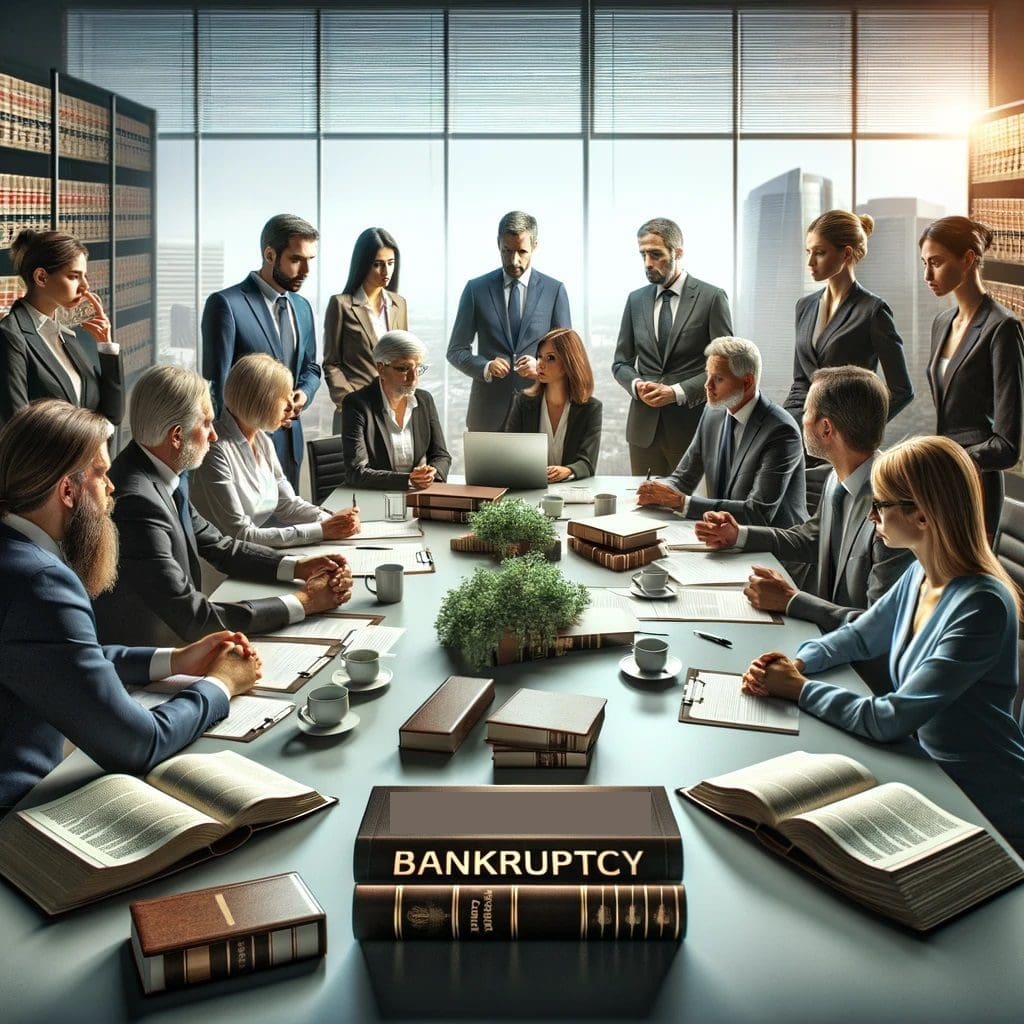Breaking Free: How Bankruptcy Petitions Can Change Your Financial Future
Navigating through financial difficulties can be a daunting task, but understanding the intricacies of a bankruptcy petition can be the key to unlocking a path towards financial relief and stability. This legal process, while often perceived with trepidation, offers a beacon of hope for individuals and businesses alike, grappling with unsustainable debt burdens. In the realm of debt relief solutions, the decision to file for bankruptcy is a pivotal step that demands careful consideration and comprehensive understanding of its implications and outcomes.
The journey towards financial recovery begins with recognizing when filing a bankruptcy petition becomes a necessary course of action. This critical legal step is not merely about acknowledging financial defeat; rather, it’s a strategic move towards reclaiming control over one’s financial destiny. The essence of bankruptcy lies in its ability to provide a fresh start, wiping the slate clean from overwhelming debts and enabling debtors to embark on a new chapter of financial management and responsibility.
At the heart of the bankruptcy filing process is the automatic stay – a powerful legal provision that comes into effect immediately upon the filing of the bankruptcy petition. This automatic stay acts as a shield, protecting debtors from creditors’ attempts to collect debts, foreclose on properties, or initiate wage garnishments. It’s a critical breathing space that allows debtors to reorganize their finances without the constant pressure of impending collections.
Understanding the different chapters under the U.S. Bankruptcy Code is paramount for those considering a bankruptcy filing. Each chapter serves distinct financial situations and objectives, from Chapter 7’s liquidation option to Chapter 13’s debt reorganization plan. The choice between these paths depends on various factors, including the debtor’s income, the type of debts owed, and the ultimate financial goals. For businesses facing financial turmoil, Chapter 11 offers a route to restructure debts while maintaining operations, underscoring the flexibility and adaptability of bankruptcy solutions.
Embarking on the bankruptcy process requires meticulous preparation, beginning with the compilation of comprehensive financial documentation. This includes detailed lists of assets, liabilities, income, and expenses. Such transparency is not only a legal requirement but also a foundational step towards developing a viable debt relief plan. Engaging with a knowledgeable bankruptcy attorney can provide invaluable guidance through this complex process, ensuring that all legal requirements are met and that the most favorable outcome is achieved.
The role of the bankruptcy court is to oversee the petition, ensuring that the process is conducted fairly and according to the law. This judicial oversight includes the appointment of a bankruptcy trustee, who plays a critical role in evaluating the debtor’s financial situation, administering the bankruptcy estate, and, in some cases, distributing assets to creditors. The court’s involvement ensures that the debt discharge process is executed with integrity, offering a legitimate path towards financial recovery.
While the prospect of filing a bankruptcy petition may seem daunting, it’s essential to recognize the empowerment that comes with taking decisive action towards debt management. The stigma traditionally associated with bankruptcy is increasingly being overshadowed by the acknowledgment of its role as a legitimate financial tool, designed to provide individuals and businesses with a second chance at financial health.
Furthermore, the bankruptcy process also entails a commitment to future financial prudence. Post-bankruptcy, individuals and businesses alike are encouraged to engage in financial planning and education, laying the groundwork for sustained financial health and avoiding future financial pitfalls. This includes budgeting, debt management strategies, and understanding the use of credit, ensuring that the lessons learned through the bankruptcy process translate into long-term financial stability.
In conclusion, while a bankruptcy petition marks a significant turning point in one’s financial journey, it should be viewed not as an end, but as a strategic step towards a more secure financial future. By providing a legal framework for debt relief and financial recovery, bankruptcy offers a lifeline to those seeking to overcome financial challenges and rebuild their lives on a foundation of sound financial practices. As the legal landscape continues to evolve, staying informed and seeking professional advice remains paramount for those navigating the complexities of bankruptcy and financial recovery.
- Federal Bankruptcy Court System Overview and Procedures
- Consumer Debt Relief and Bankruptcy Information Guide
- Consumer Financial Protection Bureau Bankruptcy Resources
- National Archives Federal Bankruptcy Court Records
- Academic Research on Corporate Financial Distress and Bankruptcy













